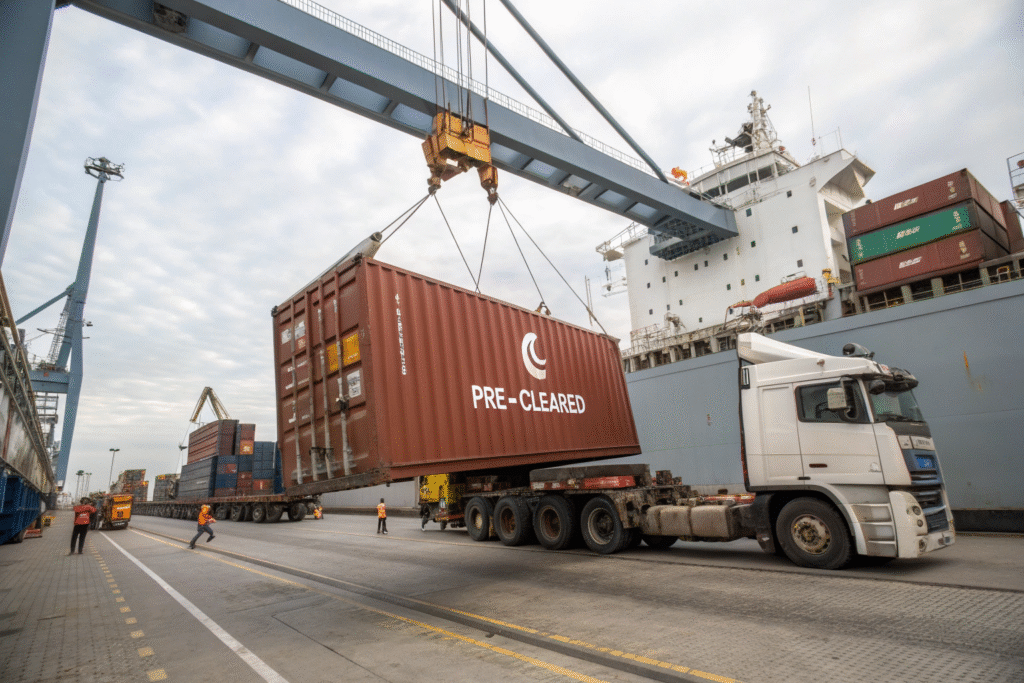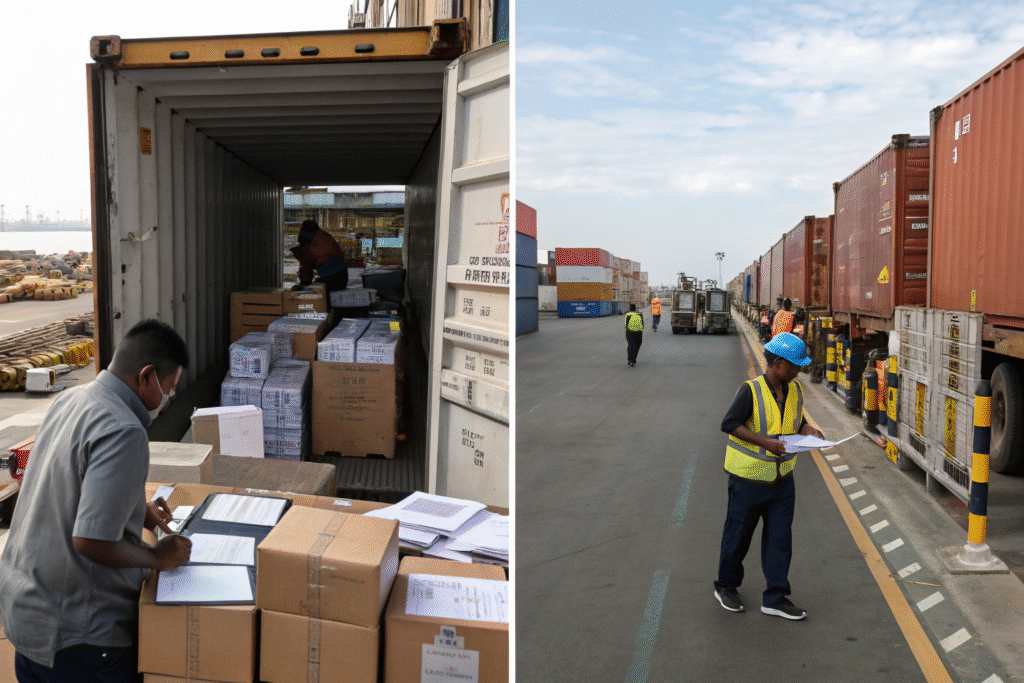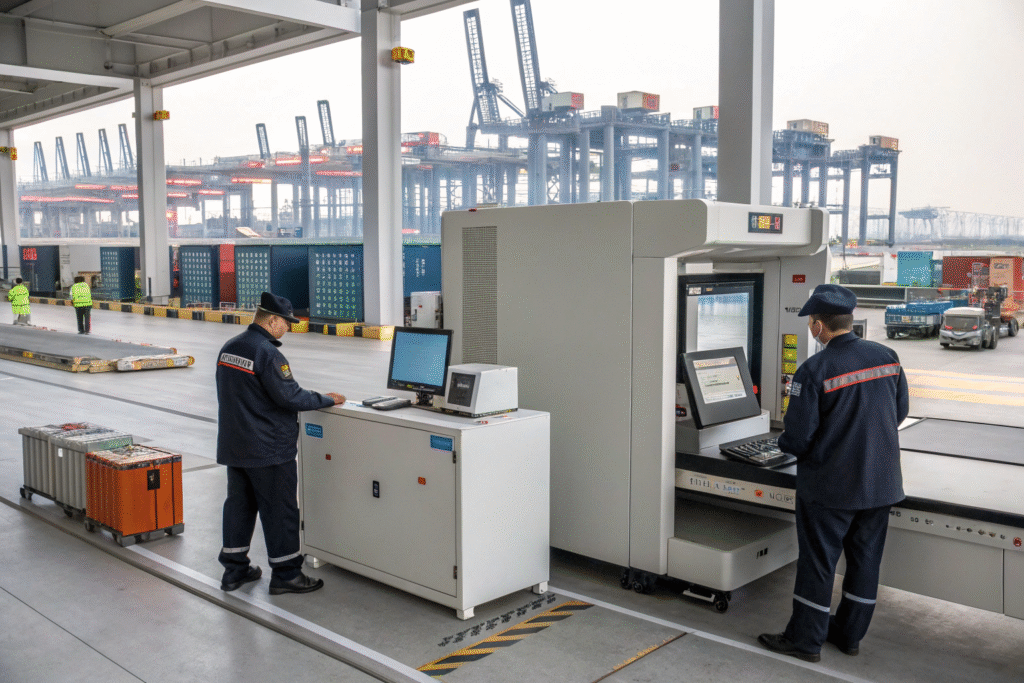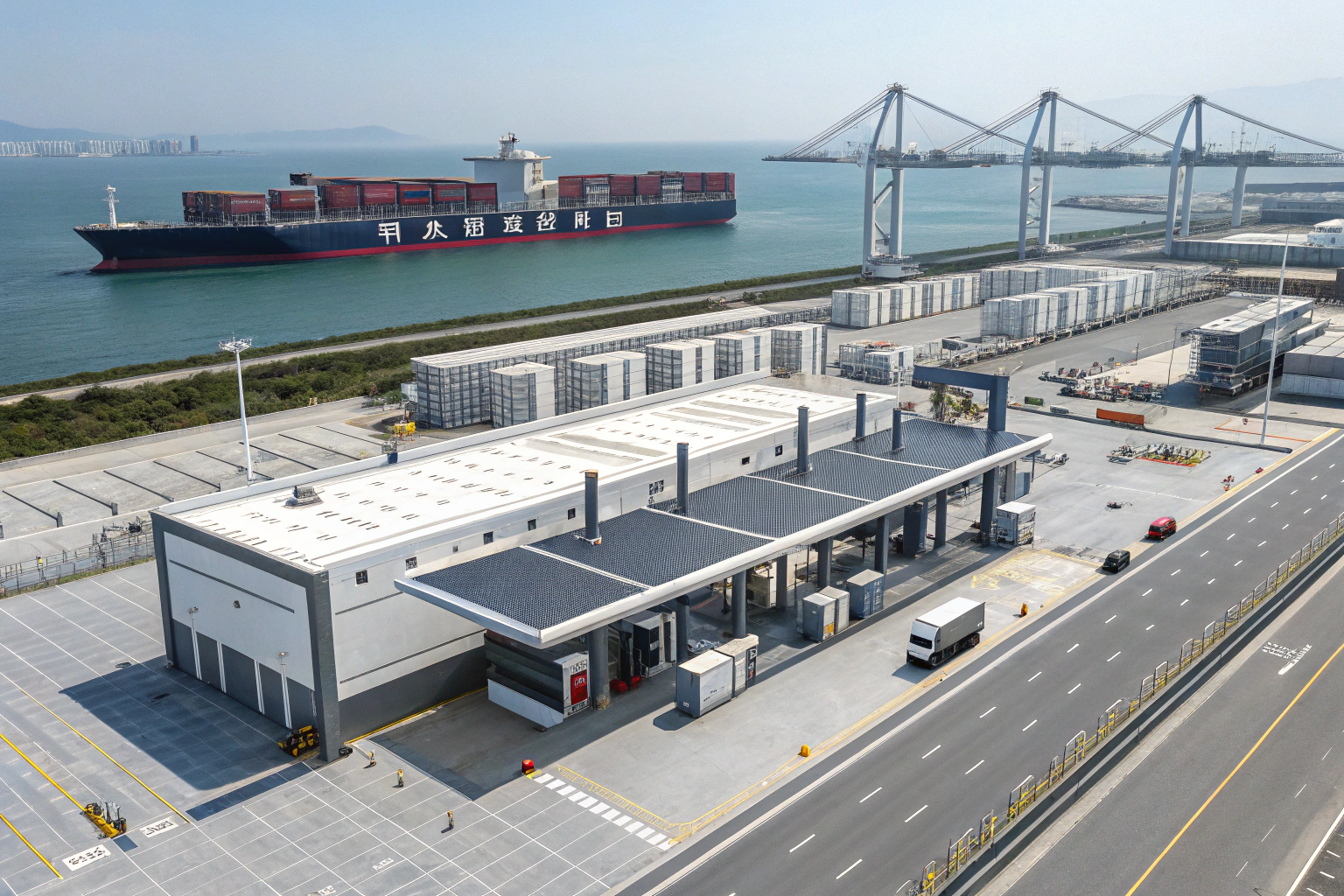Amid ongoing global tariff changes and shifting trade policies, speed and predictability in customs clearance have become as critical as freight rates for U.S. importers. Pre-clearance programs from major Chinese ports are emerging as a strategic tool to reduce delays, mitigate risks, and maintain supply chain flow, even when geopolitical volatility disrupts other trade lanes.
Understanding Pre-Clearance and Its Benefits

Pre-clearance allows goods to undergo customs inspections, documentation checks, and security screenings before departure from the exporting country. For U.S.-bound cargo from China, this can mean:
- Faster port turnaround upon arrival in the U.S.
- Reduced demurrage and detention charges.
- Fewer last-minute clearance disputes.
Example: A shipment from Shanghai to Los Angeles can save 24–48 hours in port dwell time when pre-cleared.
Why Pre-Clearance Matters During Tariff Volatility

Predictable Landed Costs
When tariffs change mid-transit, cargo without pre-clearance may face unexpected duties and delays. Pre-clearance helps lock in tariff assessments at the time of export, avoiding surprise surcharges.
Lower Risk of Policy Delays
In politically sensitive trade environments, pre-cleared shipments are less likely to be caught in inspection bottlenecks triggered by sudden policy shifts.
How Chinese Ports Lead in Pre-Clearance Efficiency

Chinese mega-ports like Shanghai, Ningbo, and Shenzhen have invested heavily in:
- Automated inspection technology for faster scans.
- Digital customs platforms integrated with U.S. agencies.
- Dedicated export lanes for pre-cleared shipments.
These investments mean that compliant goods can leave port in as little as 12 hours after loading, compared to 2–3 days without pre-clearance.
Integrating Pre-Clearance into Your Freight Strategy

Steps for U.S. importers:
- Partner with a freight forwarder that has established pre-clearance agreements at Chinese ports.
- Submit complete documentation (commercial invoice, packing list, HS codes) in advance.
- Choose DDP shipping terms if you want duties and clearance handled entirely by the seller.
Pro Tip: Combining FCL contracts with pre-clearance often delivers the fastest and most predictable door-to-door transit times.
Final Takeaways for U.S. Importers
- Pre-clearance cuts 1–3 days off port handling in the U.S.
- It locks in tariff calculations before departure, reducing mid-voyage surprises.
- Chinese ports lead in automation and integration, making them ideal hubs for reliable U.S.-bound shipping.
- Work with forwarders experienced in both pre-clearance and DDP to fully shield your supply chain from volatility.
In a world where trade rules can change overnight, pre-clearance from China is more than a convenience — it’s a competitive edge.









